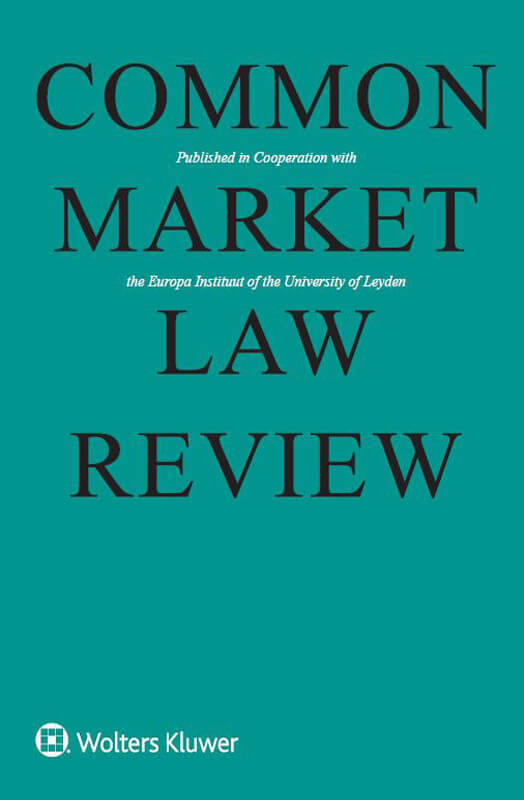Home > All journals > Common Market Law Review > 51(6) >

$25.00 - Rental (PDF) *
$49.00 - Article (PDF) *
Niamh Moloney
Common Market Law Review
Volume 51, Issue 6 (2014) pp. 1609 – 1670
https://doi.org/10.54648/cola2014134
Abstract
On 4 November 2014 the EU's ambitious Banking Union (BU) project reached a major milestone when the Single Supervisory Mechanism became operational. After difficult negotiations, the legal regime supporting the Single Resolution Mechanism is now in place; BU is becoming a reality. This article charts how the EU, long a regulator of the EU banking market, has grappled with the operational elements of banking system governance in constructing BU. It suggests that BU's foundational regulatory technology is relatively robust, given the difficult political, institutional, and Treaty conditions which attended its construction; initial indications relating to the Single Supervisory Mechanism augur well. But the article also highlights the many uncertainties which attend BU, notably with respect to operational effectiveness, constitutional resilience, and the euro area/internal market asymmetry, and which may have far-reaching effects on EU banking market governance generally.
Extract
